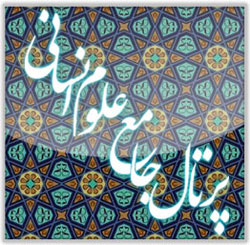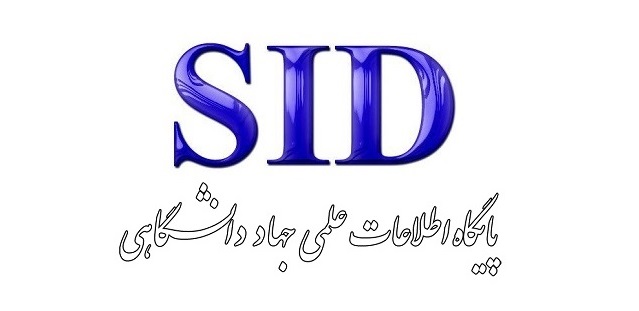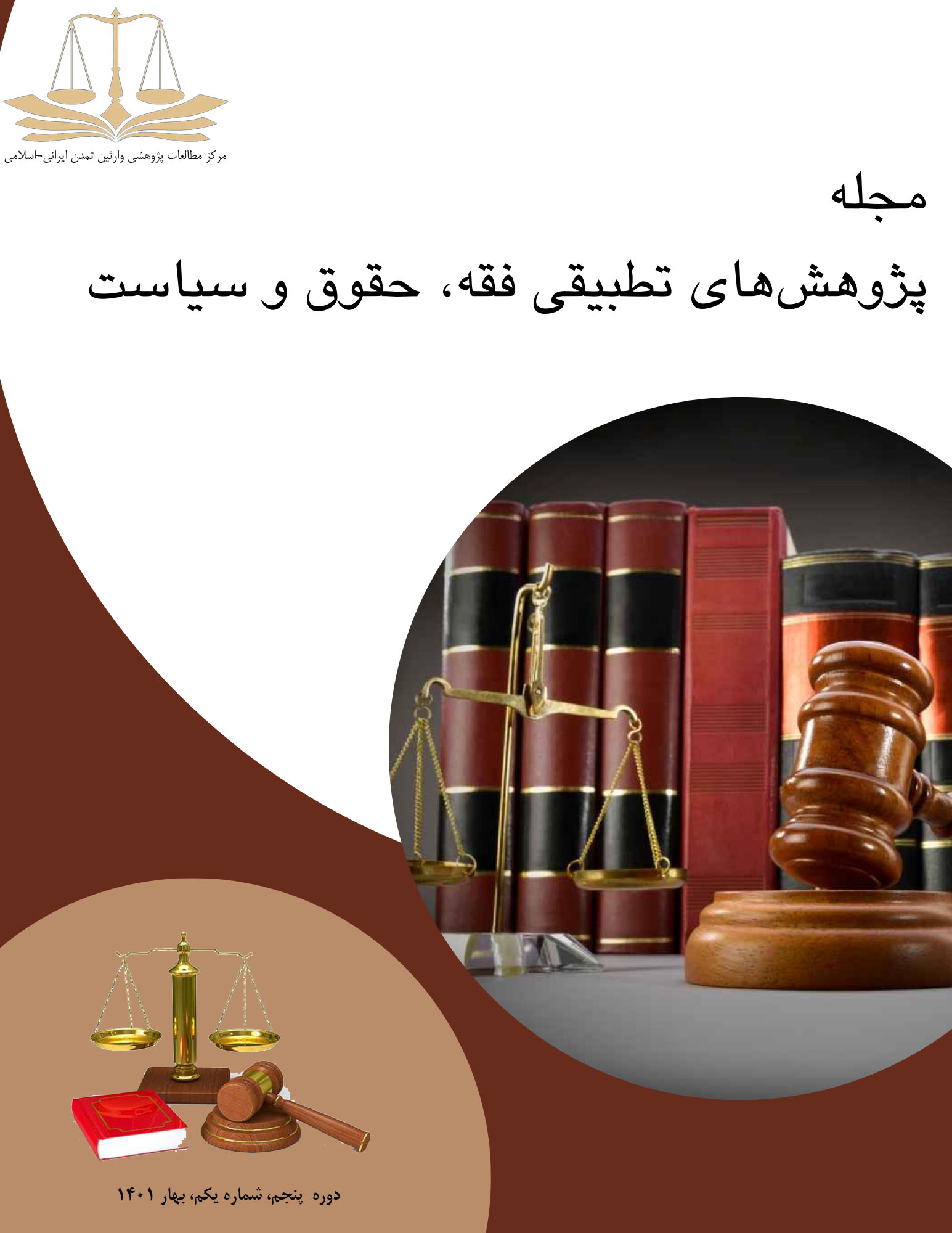Conceptual Model of Resilience Policies at the Structural Level of the Political System of the Islamic Republic of Iran in the Second Step of the Islamic Revolution Using Thematic Analysis Method
Keywords:
Political resilience - the second step of the Islamic revolution - public policymaking - the three-pronged model - thematic analysis methodAbstract
Political resilience is an emerging concept that has transitioned from the natural sciences and psychology into the literature of political science and policy studies. Political resilience refers to the continuation of capacity in the face of changes in the political system, understood and shaped through confronting a hostile cultural and political environment. It is distinct from concepts such as stability and resistance, as it focuses on optimizing adaptability and variability due to the political system’s unstable and uncertain environment. This study addresses the question of how and with what policies the political system of the Islamic Republic of Iran in the second step of the Islamic Revolution becomes resilient against internal and external challenges and threats. The study uses a qualitative, normative method, aiming to describe and explain the current state of resilience and its dimensions using a descriptive-analytical approach based on the Three-Branch Model and thematic analysis. By assuming the political system as an organization, a network of themes related to policies is mapped. In response to the main research question, the resilience policies themes are extracted with an emphasis on active interactive relationships between the political system and society at the structural level. Each of the overarching and organizing themes is explained as part of designing the resilience model. The study's findings indicate that at the structural level of the political system, employing resilience mechanisms in public policy formulation, as well as focusing on excellence, monotheistic-centered, and wisdom-centered policies, along with deepening the understanding of leadership's role within the Islamic system, enhances the resilience of the political system of the Islamic Republic of Iran.
Downloads
Published
Submitted
Revised
Accepted
Issue
Section
License
Copyright (c) 2024 سیدحسن ابوصالح (نویسنده مسئول); نجف لک زایی, سید محمد حسین هاشمیان (نویسنده)

This work is licensed under a Creative Commons Attribution-NonCommercial-ShareAlike 4.0 International License.









